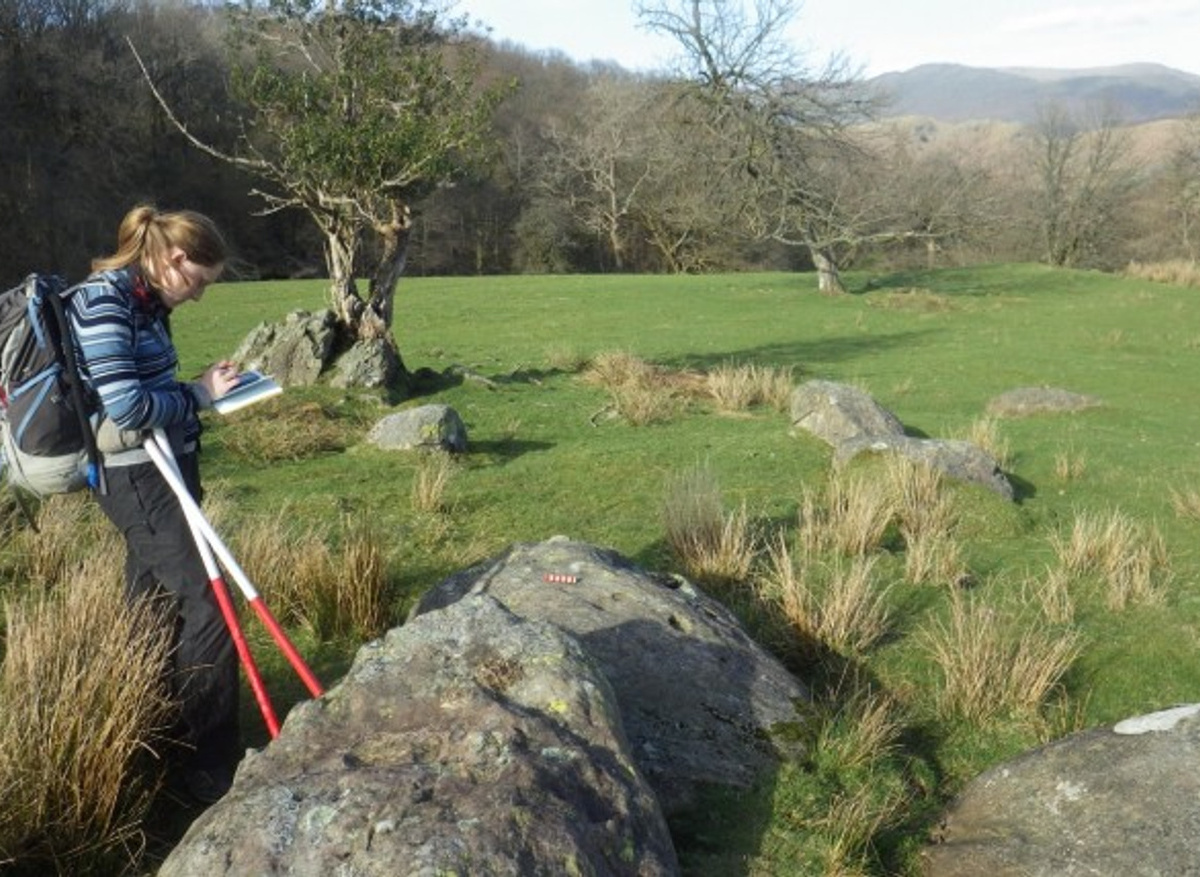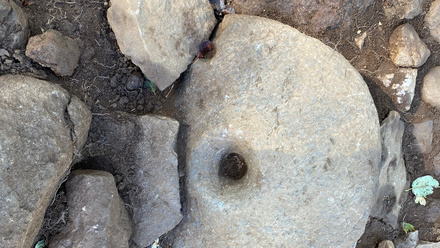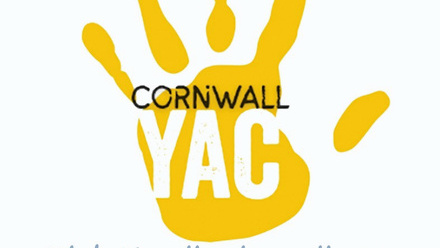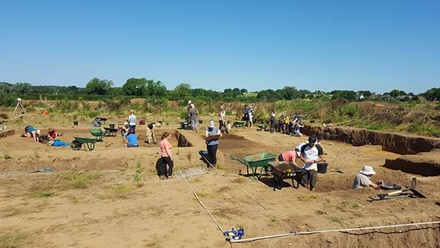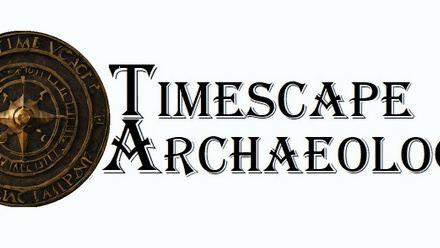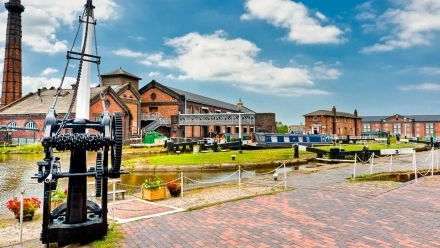From our sites all over the north of England to our offices based in Barnard Castle and Chorley, our wonderful archaeologists work to preserve and record our collective history. Here is a brief snapshot of what is happening in our offices today!
Hannah Clay
Not Always the Mud Life.
Working in environmental archaeology might not be one of the most 'glam' sides of archaeology. You spend a lot of time creating what is basically mud in a floatation tank, to retrieve small floating ecofacts such as charcoal and charred grains, whilst also cleaning up after *many* water spillages!
Today, however, I'm on a break from the Sirafs (and as a result keeping relatively clean for once), and so instead, I am boxing up some human remains in preparation of them being sent out to be analysed by an osteoarchaeologist. These Anglo-Saxon skeletons have already been cleaned, bagged and catalogued. Now they just need packing into a suitable skeleton-specific archive box with appropriate padding.
All the bones will be looked at to determine the age and sex of the individuals as well as to note any pathologies, and we will hopefully get a good impression of what these people of the past's lives were like.
Once I've finished, I'll be moving on to sorting through all the dry environmental residues from the same excavation, which involves picking out any artefacts and ecofacts that haven't floated during the floatation process.
Chrystal Antink
Recently, I’ve been splitting my time between specialist work on ceramic building materials (CBM) and coordinating finds for other specialists. I’ve been recording the last of the CBM from our A1 road scheme excavations and preparing to write a major report, and planning to visit archived collections for comparison with our site.
The other side of my job provides a more varied routine! We do a lot of data wrangling - most of the archaeology I do daily involves updating databases - but sometimes I actually get my hands on the artefacts themselves. As our internal and external specialists study their class of artefacts, we work with them to answer any questions and get information and finds passed to where they need to be. With big projects where there are large assemblages of objects, some of which need to go to more than one specialist.
Holly Drinkwater
I’m currently wading through the various post-excavation processes relating to an Anglo-Saxon cemetery site that we finished excavating earlier this year. We’ve just completed the washing of a substantial number of human skeletons and associated charnel, which have been carefully bagged, boxed and catalogued ready for specialist assessment by an osteoarchaeologist. All our skeletons were given a unique number as they were excavated and my current mission is to tally the boxed human remains against our site skeleton database to ensure that all the individual burials are accounted for. It’s a bit like taking a class register, but everyone’s dead.
Sarah Parker
As Resource and Finance Manager for NAA every day is different. I am currently busy preparing for our upcoming ISO audit. All our processes are audited by an external body to ensure that we are fully compliant. This offers reassurance to our clients and suppliers that our work is of a good quality. In advance of the audit there is a lot of work to ensure our systems are up to date. Today, I have been reviewing all the things the company has achieved over the last 12 months and what we would like to achieve in the next 12 months. Reflecting on the last 12 months as a whole is such a great process, it is very easy to get bogged down with the day to day, so it is good to see that all the little steps add up to really amazing improvements.
Amongst this, I have also made time to sit as a management rep on our Employee Forum meeting, completed some financial analysis for our new non-executive directors, and dealt with day to day questions about annual leave, invoicing, staff management and site mobilisation.
Lydia Loopesko
I spent my day pouring over archive catalogues looking for historic maps of the Lake District. This work is to complement two five-week landscape surveys we performed in March and April involving looking at heritage sites, their conditions and distribution. Several months later, we are still working on the project trying to find archive material such as maps and images that demonstrate a notable change in the landscape. This archive material, coupled with analysis of site distribution and landscape character information in QGIS should help us develop a broader picture of the area. My day has also involved studying the tectonic and local geology of the Lake District which will inform the report. Geological data will also be used in an effort to correlate site distribution and type with the physical make-up of the area.
Alice James
I am imminently about to go on my summer holiday, so this week has been all about tying up loose ends. Today, I have been finishing off a report from a site that we completed a geophysics survey on. The site is quite interesting as it lies between a deserted medieval village and prehistoric field systems. It has definitely been a fun data set to interpret with numerous entwining linear and curvilinear anomalies that are plausibly suggestive of various phases of past human activity.
Ben Turner
Today I am working on consolidating the site archive for a fieldwork project that I recently completed in Chester. This involves checking drawings, photographs and context sheets for mistakes and making sure they all cross-reference each other properly. I have also made a start on the grey literature report for the site. Furthermore, I’m currently revising for a multiple-choice test to renew my CSCS card. Apparently, lighting a match isn’t the safest way to check for gas leaks. Who’d’ve thunk?

